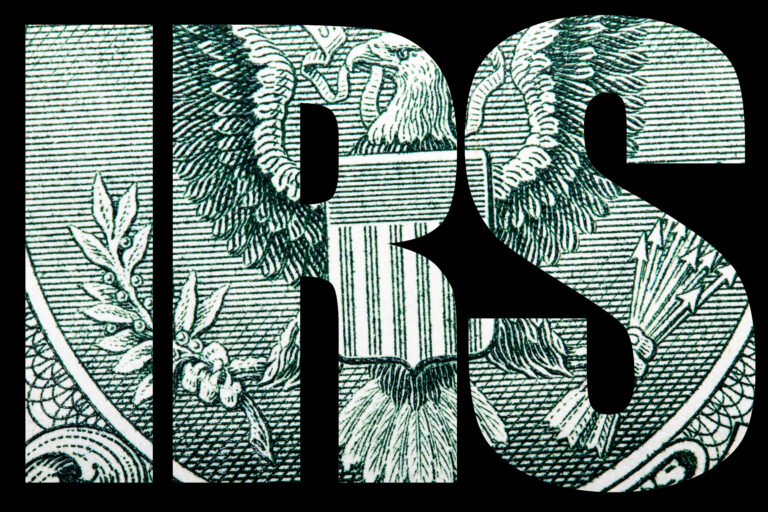Key Takeaways
- As the global economy creates more opportunities for freelancers, it’s important to follow the government tax regulations for receiving payment from foreign entities.
- Without the proper paperwork, payments can be delayed by months
- The good news is that it’s easy to complete the proper tax paperwork if you know where to look
The global economy is a wonderful way to expand your business. It can also make getting paid a hassle if your client is based outside the U.S.
Learn about IRS Form 8802
If you’re a U.S. resident getting paid by a non-U.S. based company, you need to complete an IRS Form 8802: Application for United States Residency Certification. Otherwise, you risk double taxation–paying taxes in the U.S. and in the country where your client is headquartered.
The current filing fee is $85 for individuals, and you can pay it online. The processing time is between 4-6 weeks assuming all the paperwork is in order. Also, it can take up to 30 days to know if there will be a hold up in getting the form approved. Hence, there’s potential for even more delays.
Once the Form 8802 is approved, the U.S. government will send you a Form 6166. This is a printed letter on the U.S. Department of Treasury stationery certifying your residency. It’s required in accordance with income tax laws. You need to show non U.S. clients your Form 6166. Otherwise, you might not get paid until you do.
How your client can hold payment without a completed IRS Form 8802

Here’s a true story that I hope never happens to you: A freelancer’s client headquarters was based in Europe but had an office in the U.S. For several months, the budget for the freelancer’s work came from the U.S. office. At the beginning of the following calendar year, the client shifted the ownership of the budget to Europe. While the contract was in place and the client had all the necessary paperwork to pay the freelancer’s invoices electronically, payment was held up due to the missing Form 6166. The freelancer’s day-to-day marketing client didn’t know the budget shift would require additional paperwork. And the freelancer wasn’t aware of the potential delay because it was their first time being paid by a non U.S. entity. Meanwhile, the client’s accounting department was waiting for the missing 6166 form to process the invoice.
By the time the client was notified of the missing 6166 by their accounting and legal teams, the freelancer was knee deep into the on-going program activities for the month of January. Since the client was on a 30-day retainer, that meant the invoice from the previous month was still outstanding, and the freelancer was half-way through a new month with no sign of payment. At least not until the U.S. government issued the proper paperwork.
Since the client had a history of always paying the freelancer’s invoices early, the freelancer knew that they would be paid. It would just take a while. The client and the freelancer did work things out for an expedited payment but the situation could have been avoided by knowing about the IRS paperwork.
Allow 45 days for approval - it's good for 3 years
On a more positive note, once you have a Form 6166 from the IRS, it’s good for three years.
If you’re bringing on a new client that’s based outside the U.S., and don’t yet have a Form 6166, build in at least 45 days as a buffer. Or simply fill out the form now so you’re prepared. To learn more about Form 8802, you can go to the IRS website here. Like any tax-related questions and issues regarding your business, always defer to an accounting professional for additional clarification.



